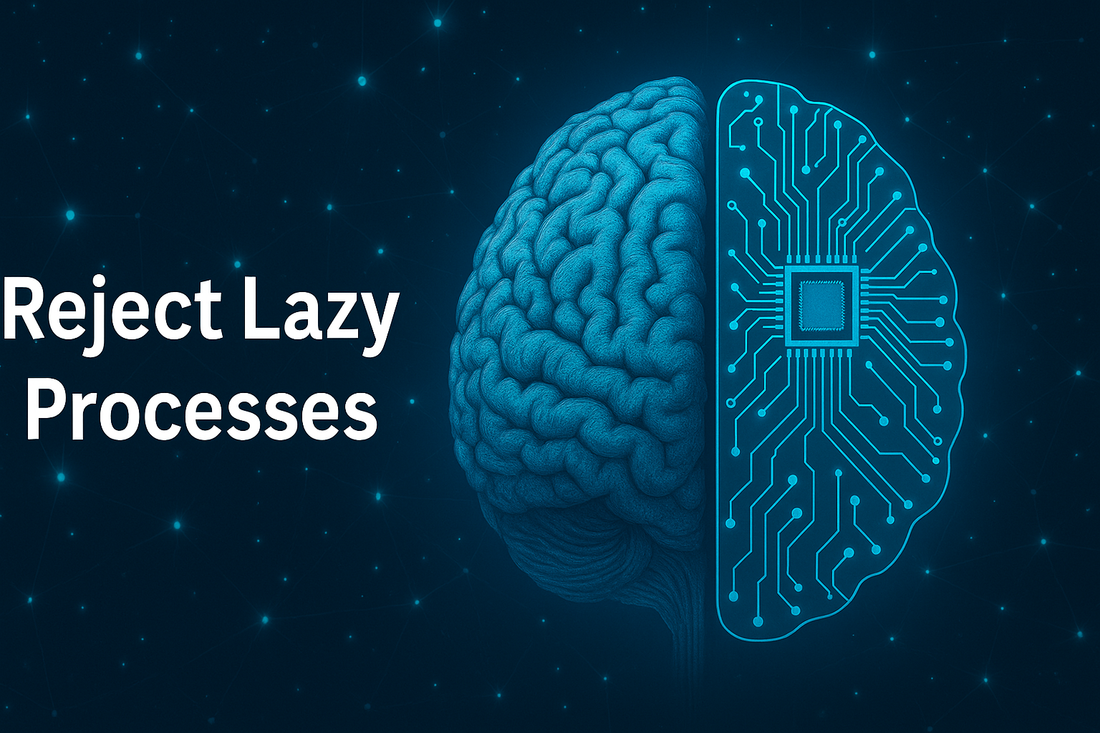
Reject Lazy Process: Why Delegation Isn’t Abdication in the Age of AI
Rob RitchieAs AI takes on more of the brawn of modern work, it's tempting to step back entirely. But there’s a line between delegation and abdication—and crossing it creates risk, not leverage.
"Lazy process" emerges when we skip proper oversight, lean too hard on technology without clear checks, or trust automation to produce outcomes that still require human judgment. It’s the illusion of productivity without the foundations of quality. And in a world where outputs are increasingly generated by machines, it can be difficult—sometimes impossible—to see the consequences until it’s too late.
The Role of the Human in the Loop
AI can write, design, summarise, forecast—but it can’t yet understand context, recognise nuance, or guarantee quality. That remains our job. Human input must shift from doing to supervising, from producing to directing. We are the reviewers, the quality managers, the ones responsible for checking if what’s been created is fit for purpose.
This isn’t about clinging to control. It’s about making sure that AI becomes a multiplier of quality, not a generator of noise. The classic loop—Plan, Do, Check, Act—still holds. What changes is where we spend our energy. We no longer execute every task, but we must still design and verify the flow.
The Hidden Cost of Cutting Corners
Poorly supervised AI creates content that looks finished but isn’t fit for purpose. Reports get generated without real insight. Workflows run with bad assumptions. Stakeholders receive deliverables that haven’t been stress-tested. Lazy process isn't just ineffective—it erodes trust.
Worse, these failures often stay hidden until the stakes are high. Unlike human-created work, which tends to reveal its messiness early, machine-generated outputs appear polished. But polish isn’t precision. By the time the errors are visible, the damage may be done.
Designing for Intelligent Execution
To scale AI safely and successfully, we need stronger process models—not weaker ones. We need clarity around:
- What tasks should be automated
- Where review is essential
- What "good" looks like, and how we know we've achieved it
This is where process architecture becomes strategic. Think Six Sigma, exception handling, statistical quality control. When we automate, we don’t eliminate structure—we design it better.
The Call to Action
Reject lazy process. Don't hand over work to automation without rethinking your role in the chain. Ask:
- Who defines the brief?
- Who checks the output?
- How do we catch what's missing?
The tools are here. The leverage is real. But success still depends on how we use them.
Delegate the brawn.
Never abdicate the brain.
